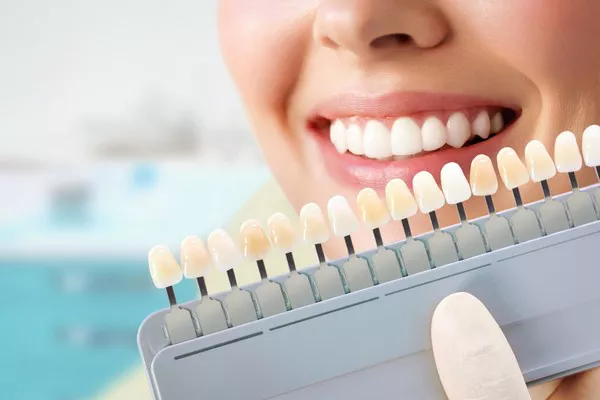Getting a dental filling is a common procedure that many people undergo to restore their teeth. However, it’s not uncommon for patients to experience some discomfort or pain after the procedure. In this article, we’ll explore how long you can expect your tooth to hurt after a filling, as well as what you can do to manage the pain.
The Procedure of Getting a Dental Filling
Dental fillings are commonly used to treat cavities and decay in teeth. During the procedure, your dentist will remove any decayed material from your tooth and replace it with a filling material, which can be made of metal, composite resin, or amalgam.
Before the procedure, your dentist will administer a local anesthetic to numb the affected area. Once the anesthesia has taken effect, your dentist will use a drill or other instruments to remove the decayed material from your tooth. The area will then be cleaned and prepared for the filling material.
After the filling material has been placed, your dentist will shape and polish it to ensure that it fits comfortably and looks natural. You may experience some sensitivity or discomfort during the procedure, but it should subside once the anesthesia wears off.
How Long Will My Tooth Hurt After a Filling?
It’s not unusual to experience some discomfort or sensitivity in the affected tooth after getting a filling. However, the duration and severity of pain vary depending on several factors, including:
- The size and location of the filling
- The type of filling material used
- The extent of decay or damage to the tooth
- Your individual pain tolerance
In general, you can expect some level of discomfort or sensitivity in the affected tooth for a few days following the procedure. This is because the filling material needs time to settle and bond with your tooth.
If the discomfort persists for longer than a week or becomes severe, it may indicate an underlying issue, such as an infection or nerve damage. In this case, you should contact your dentist immediately to schedule a follow-up appointment.
How Can I Manage the Pain?
While some level of discomfort is normal after getting a filling, there are several steps you can take to manage the pain and minimize any further irritation. Here are a few tips to consider:
1.Take Over-the-Counter Pain Relievers:
Over-the-counter pain relievers like ibuprofen or acetaminophen can help alleviate any discomfort or sensitivity in the affected tooth. Make sure to follow the recommended dosage instructions on the label.
2.Avoid Hot or Cold Foods and Beverages:
After getting a dental filling, it’s common to experience sensitivity to hot or cold temperatures. To minimize any discomfort, avoid consuming foods or beverages that are too hot or cold.
3.Use a Soft-bristled Toothbrush:
A soft-bristled toothbrush can help reduce any further irritation to the affected tooth. Brush gently and avoid applying too much pressure when brushing.
4.Rinse with Salt Water:
Rinsing your mouth with warm salt water can help reduce inflammation and promote healing. Mix a teaspoon of salt into a cup of warm water and swish it around your mouth for a few minutes.
5.Give It Time:
Remember that some level of discomfort is normal after getting a dental filling. Be patient and give your tooth time to heal and settle.
In Conclusion
Getting a dental filling is a common procedure that can help restore your teeth and protect them from further decay or damage. While some level of discomfort is normal after the procedure, it should subside within a few days. If the pain persists or becomes severe, contact your dentist immediately to schedule a follow-up appointment. With proper care and management, you can minimize any discomfort and get back to your daily routine in no time.
Related Topics:





























